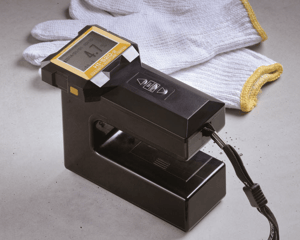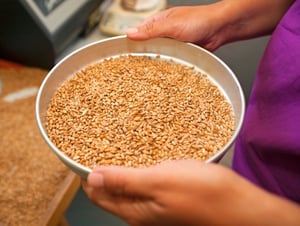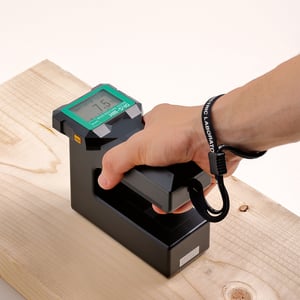 How does an NIR analyzer work? What are the benefits of a desktop moisture analyzer versus a portable one? Can I test a specific moisture analyzer on the process line before purchasing? What is the best test instrument that will work for my unique requirements?
How does an NIR analyzer work? What are the benefits of a desktop moisture analyzer versus a portable one? Can I test a specific moisture analyzer on the process line before purchasing? What is the best test instrument that will work for my unique requirements?
Figuring out the right measurement instrument for your lab, plant or field application is a challenging process that requires access to accurate, reliable resources. Our focus is to make it easier for you to find this information with the FAQ Forum. Here you can ask questions regarding your particular needs and provide answers to questions posted by others. If you’re a QC, QA, R&D or lab manager, the FAQ Forum is a platform for you to gain a deeper insight into test instrumentation generally, as well as learn more about Kett instruments specifically.
The FAQ Forum can help you break down the purchasing process into its basic components.
Here’s a glimpse into some of the Q&A you’ll find on the forum:
1. Understanding Technology Behind Measurement Instruments
Often learning more about how an instrument works helps you determine whether it will improve your specific operation.
What are the most important questions to ask when looking for a moisture meter?
This is arguably the first question to begin your search for instrumentation, as it will lead you to a better understanding of how moisture meters work to ensure product quality, start to finish.
How does an NIR analyzer work?
Many unfamiliar with NIR doubt it’s accuracy (to 0.001%) when compared to their current methods. Chemists, used to Karl Fischer tests, are intrigued by a moisture analysis that requires no sample preparation, no sample contact, instant moisture measurements. Those who rely on loss-on-drying methods may have never encountered the instant moisture and composition analysis available with NIR technology. Despite the complicated computational analysis required to perform NIR, put simply, the instrument converts light absorbance into moisture concentration. We match calibrations to your current referee method with simple software and user-friendly instruments.
This question deals specifically with our handheld moisture meter, which operates on the same NIR principles as all of our other lab and process-line moisture meters.
How many samples are needed for sample calibration?
Simple! As little as 2 and seven to make the statisticians happy.
2. Learn More About Your Manufacturer
Learn more about your manufacturer’s company history and what they’re doing today can help you make your decision as to whether or not we’re the best supplier for your instrument needs.
How many test instruments does Kett manufacturer?
How long has Kett been in business?
3. Researching your Financing Options
Once you’ve established the best instrument for you, and decided to stick with your manufacturer, it’s important to understand which of purchasing options are best for you. Research questions like:
What is the longest term lease we can get?
What is the difference between the Kett Performance Guarantee and Rent-to-Own program?
We’ll be covering more of your questions from our FAQ Forum in future blog articles. In the meantime, get the answers to your questions by visiting the FAQ Forum. Or have you purchased a Kett instrument and have something to contribute?



